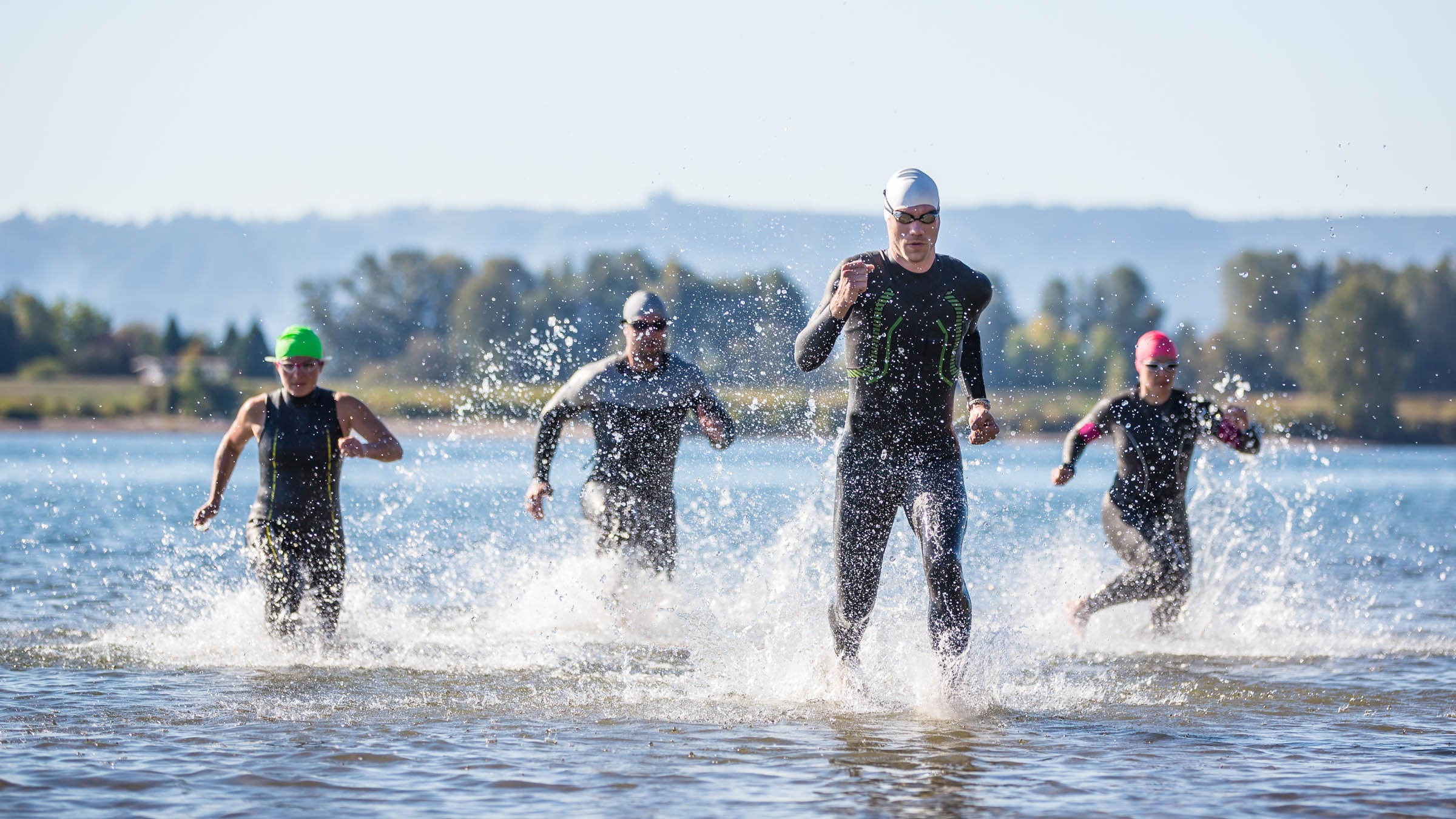How to Analyze Your Race Performance

(Photo: Getty Images)
Good or bad, after every race—especially an A race—you need to assess how you did. If the race didn’t go as planned and expected, it’s critical that you search for the reason why. It may be painfully obvious, such as a bike breaking down mechanically or going off course. Such matters can generally be corrected easily in the future. If everything else went well except for this, you know your training plan was effective.
If, on the other hand, you performed poorly in your race, you have a greater matter to consider. What exactly was the reason?
It may be obvious, or it may take a lot of searching to find it. The best time to start the quest for an answer is generally the day after the race. The hours immediately following your finish are seldom the best time to give deep thought to the matter. Emotions are running high and will confuse your thinking. Your head won’t be clear enough for you to draw good conclusions. It’s best to wait until the next day and then begin the analysis. In the meantime, be reluctant to draw conclusions. You may think you know why immediately afterward, but give it a day.
The common reasons for a poor race performance have to do with race management. The most frequent cause of poor race management is incorrect pacing. What’s the underlying cause? Uncontrolled emotions. This is most evident at the start of the bike leg of a triathlon. Most incorrectly paced races, and therefore poor race results, can be traced to the first quarter of the bike portion. Because emotional excitement is running high, the common tendency is to start harder than is realistic. I’ve seen Ironman athletes set new personal best times in the first 40 kilometers of the bike leg—and they still have 150 kilometers to go!
You can’t win the race in the first quarter, but you can certainly lose it. The first quarter of the bike leg is the time when you must have a conservative pacing strategy and rigidly stick to it. The goal should be to do the second half of the bike leg at a slightly higher power output than the first half. That’s called negative splitting. If you learn to do this, you come off the bike ready to have a fast run. The way to learn this skill is to rehearse it in training at least weekly in the last 12 weeks before the race.
Another common race management issue has to do with race-day conditions, especially heat. If it’s a hot day, you need to make pacing adjustments. Go more slowly. I know that’s hard to do, but if it’s hot you’ll either make such a decision or suffer the consequences of a really poor race performance. Every athlete in the race has to do this, so it’s not as if you are the only one. This decision is often made on race day. But start considering it well in advance.
Several weeks in advance, you should have a good idea of what the weather conditions have been for a particular race in past years and perhaps even an early indication of what might be expected this time. If it’s going to be hot, you need to prepare well in advance by doing some heat adaptation. Wishing and hoping won’t work. Prepare. Run frequently in the hottest part of the day in the last month or so before the race. If it’s much cooler where you live than where the race will be held, you need to be creative. The bottom line is to be prepared for the conditions on race day.
But what if the race-day heat is totally unexpected? What then? It all comes back to race management and wise decisions. It’s obvious that if it’s a hot day and you aren’t heat-adapted, you won’t be able to go as fast as you had originally planned. You must be willing to change your pacing strategy by slowing down, especially coming out of T2. Failure to do so will without a doubt lead to poor performance.
Unrealistic expectations are another common cause of poor race management. Your key workouts, tests, and B and C races in the last 6 weeks or so before your A race are strong indicators of what can be expected on race day. Just because you want to race fast doesn’t mean you will. There is no magic on race day. You either have it or you don’t. Race performance is highly predictable by simply analyzing how you’ve done in the past few weeks. Use that data to plan your race pacing strategy.
There are many, many other causes of a poor race performance. Experienced triathletes who have analyzed their races for several years have learned how to deal with the expected, such as heat, and with the unexpected, such as bike mechanicals. They can find the details in their training diaries of how they made adjustments in such situations and use those notes to be prepared for similar race circumstances in the future.
On the brighter side, what if you had a great race? Races in which everything went well deserve special attention. Did you do anything aside from the usual race preparation, especially in the week leading up to the race and on race day? Perhaps your workouts were unique in how they were arranged, or you rested more or less than usual, or maybe your lifestyle changed in some way, or your diet changed, or you paced the race perfectly. The possibilities are nearly endless. Give it considerable thought because there is something here you need to understand so you can do it again at the next race.
Adapted from The Triathlete’s Training Bible, 4th edition, with permission of VeloPress.